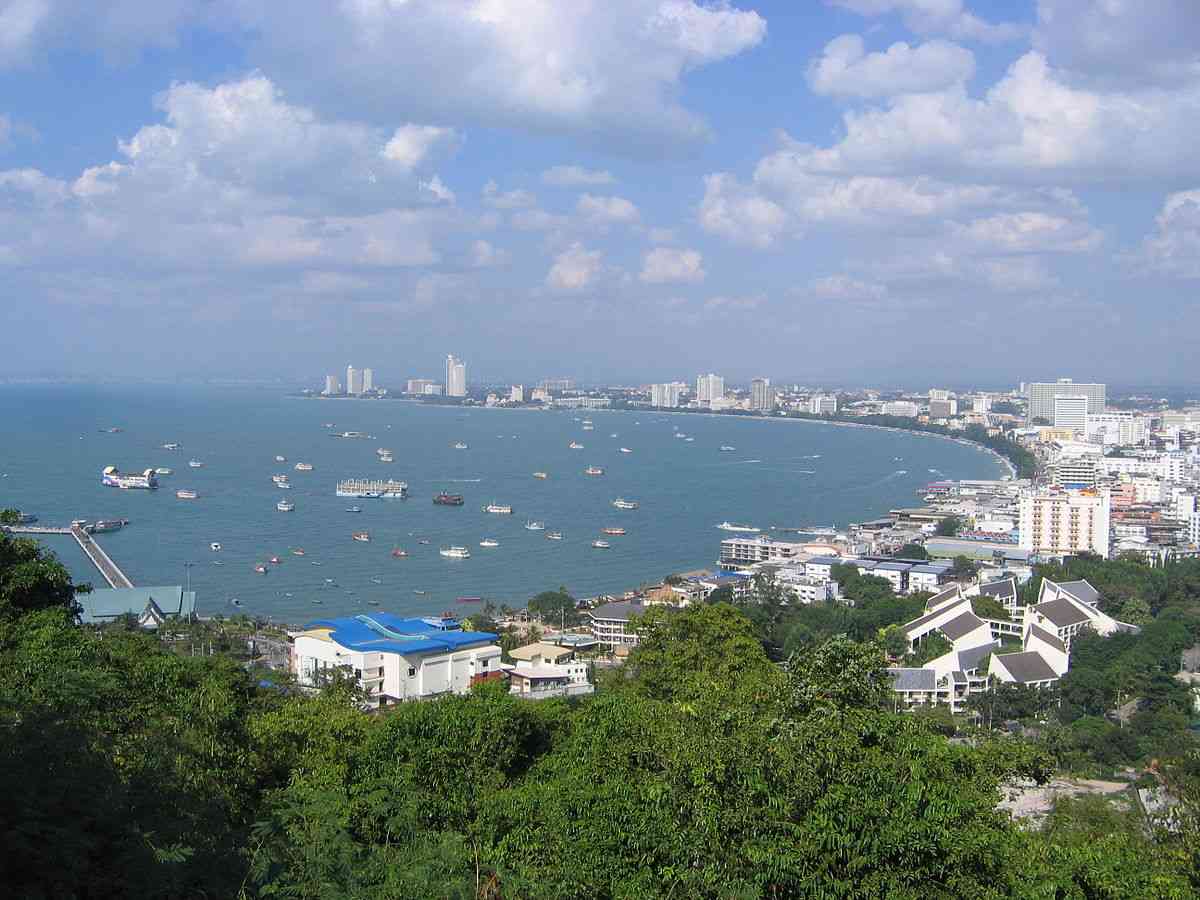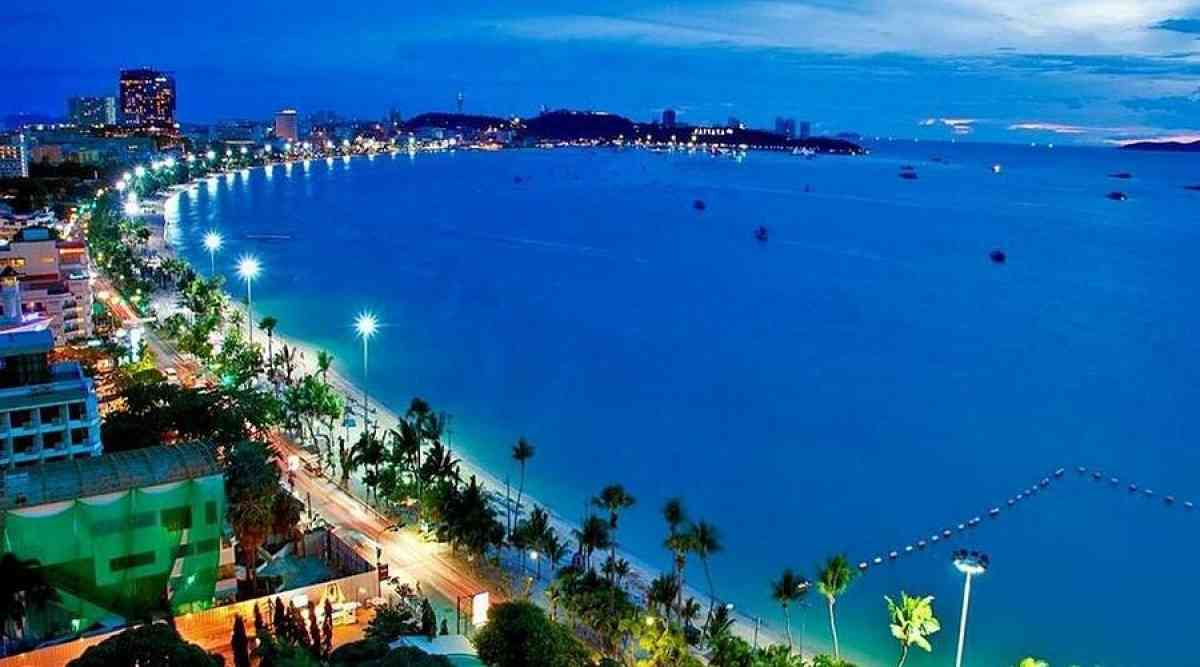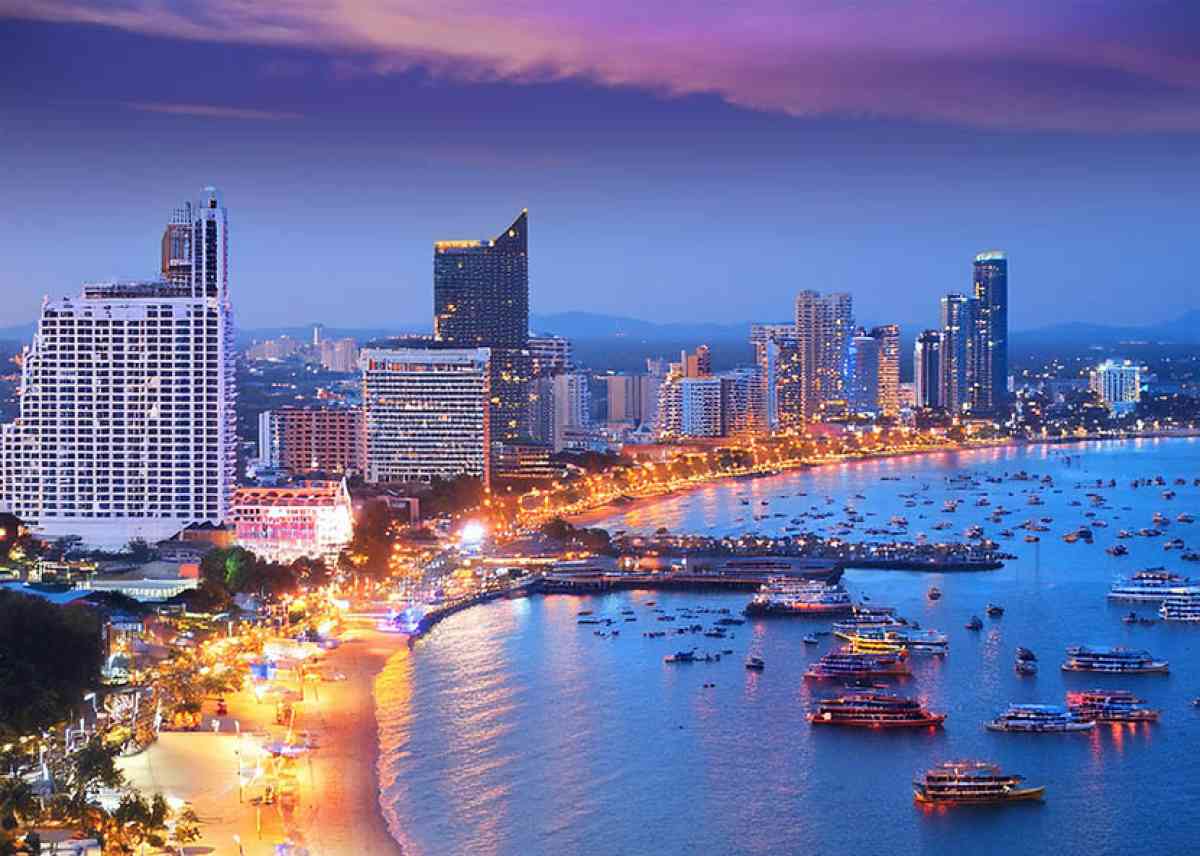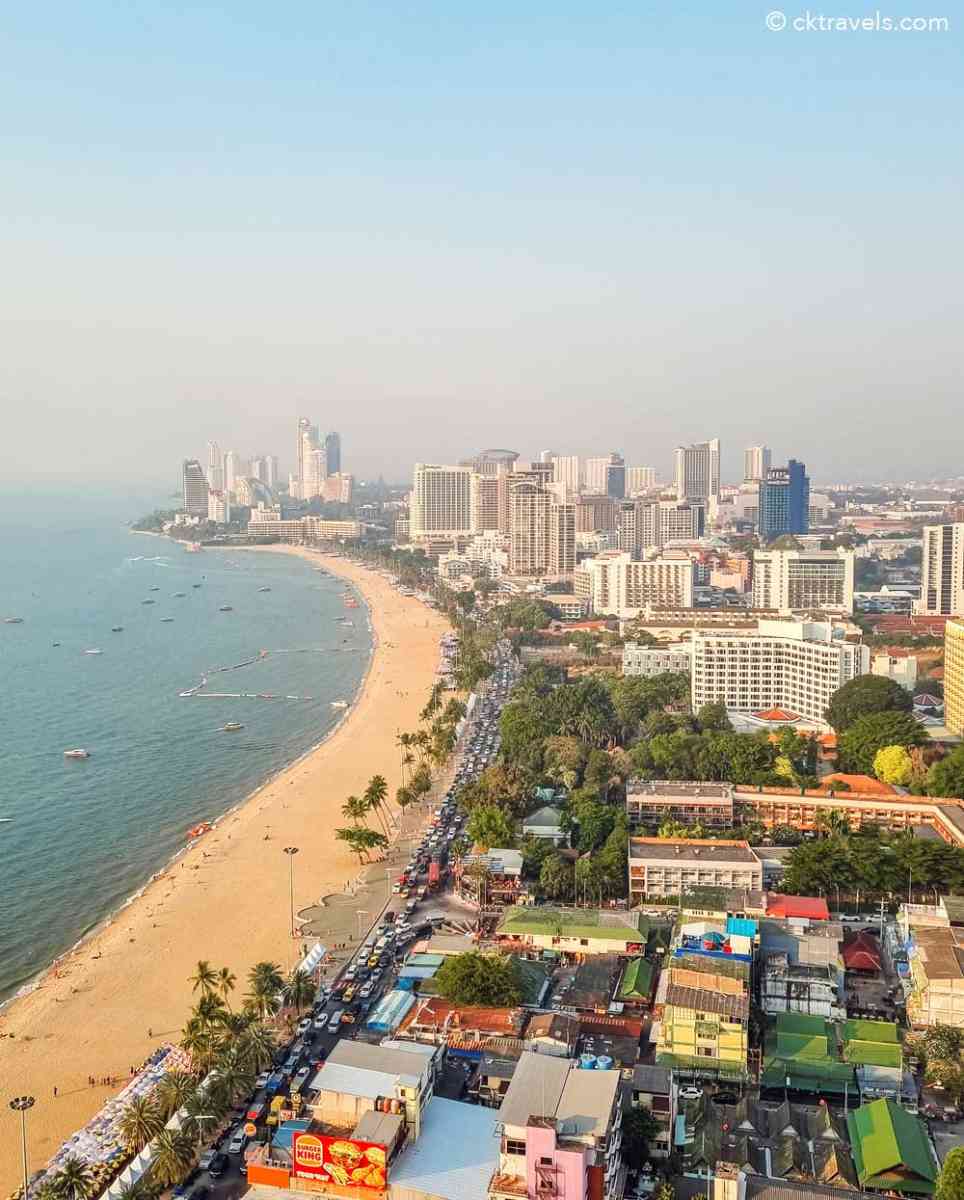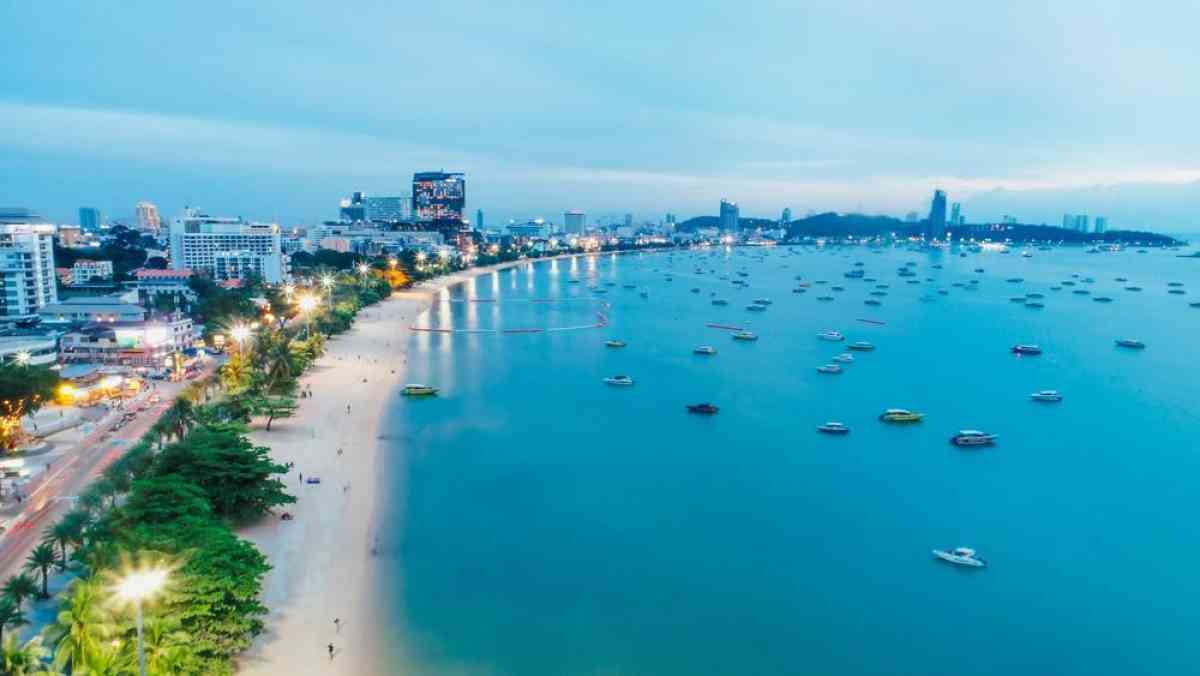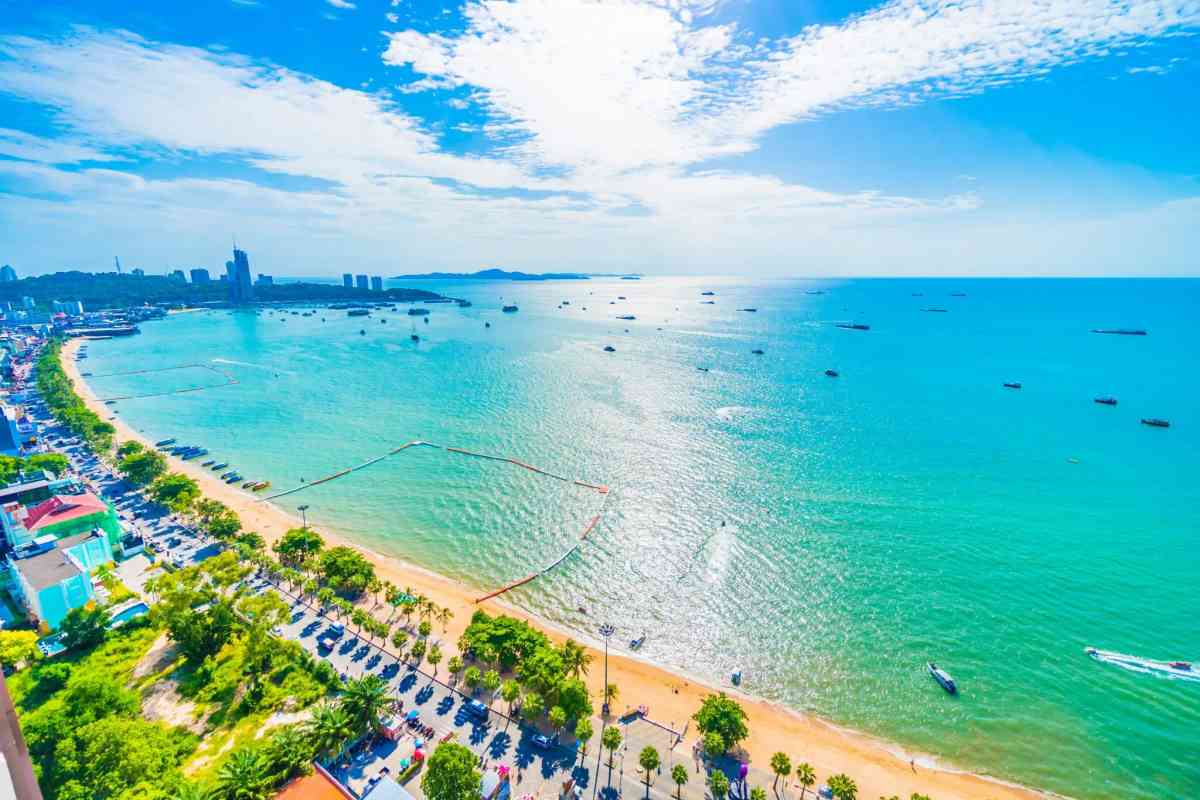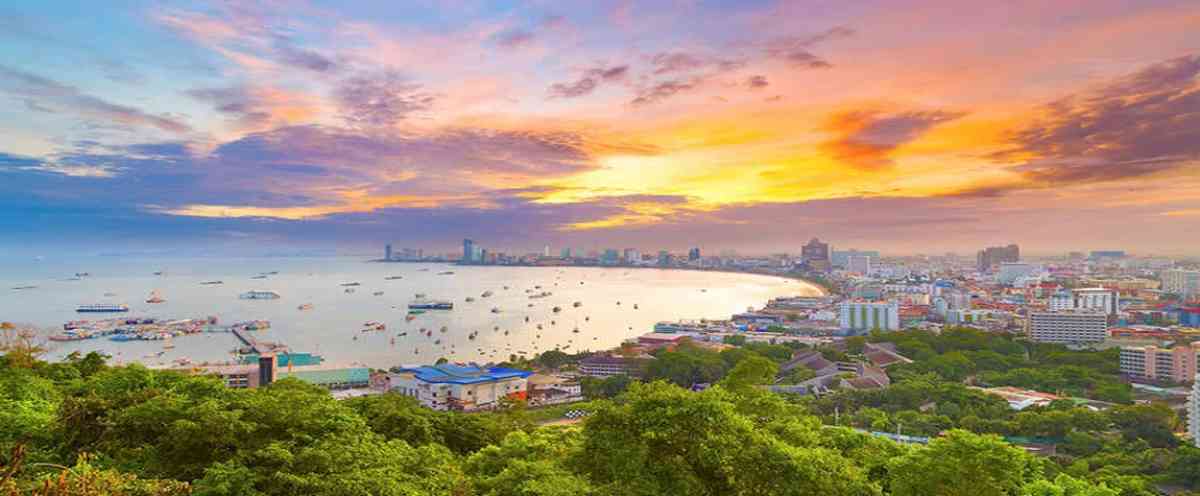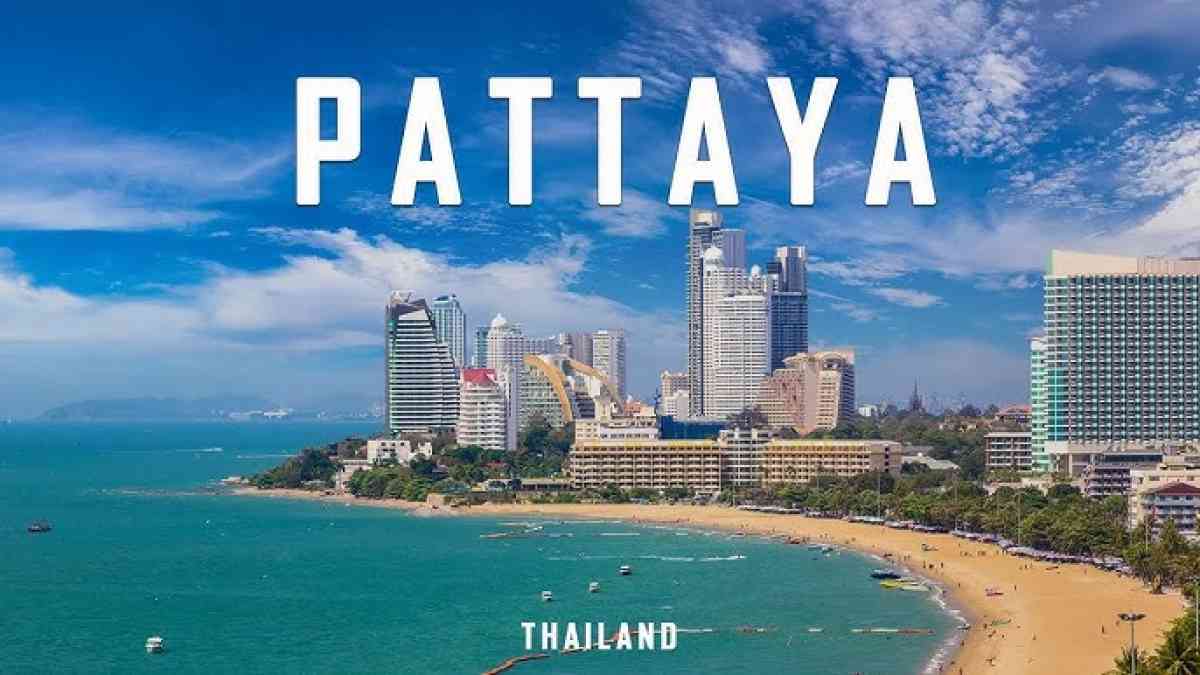🇹🇭 Pattaya Thailand Travel Guide: Essential Tips for Visitors
Pattaya, a vibrant coastal resort city, is located approximately 150 kilometers south of Bangkok. Known for its beaches and lively atmosphere, the city offers diverse experiences, but travelers should be aware of key logistical and safety points to ensure a smooth trip.
📅 When to Visit: Navigating Pattaya's Seasons
Pattaya, like most of Thailand, experiences three distinct seasons, and the best time to visit depends entirely on a traveler's budget, tolerance for heat or rain, and preference for crowds.
The three primary seasons are:
☀️ The Cool/High Season (November to February)
This is considered the peak tourist season.
Weather: Characterized by nearly perfect conditions—sunny days, lower humidity, and cooler temperatures.
Traveler Impact: Expect the city to be crowded and generally pricier for accommodation and flights due to the ideal weather.
🔥 The Hot Season (March to May)
This period sees a significant rise in temperatures and humidity.
Weather: It is hot and dry, which keeps crowds lower.
Traveler Impact: The city is typically quieter, with one major exception: Songkran, the traditional Thai New Year (mid-April). This week-long water festival takes over the entire city, making it fun yet chaotic, and causing prices to spike.
🌧️ The Rainy/Low Season (June to October)
This is the period of the Southwest Monsoon.
Weather: Expect daily heavy downpours or extended showers, though the rain rarely lasts all day. Flooding is common in low-lying areas, especially in September and October.
Traveler Impact: This is the low season, making travel cheaper and less crowded. It is ideal for budget-conscious travelers who can tolerate sporadic rain.
In summary, the choice of when to visit is a trade-off:
For perfect weather, choose the Cool Season (November–February), accepting higher costs and crowds.
For lower prices and fewer crowds, choose the Rainy Season (June–October), accepting the risk of daily rain.
For an action-packed cultural experience (with chaos and high costs), consider the Songkran period in mid-April.
🏨 Where to Stay: Choosing the Right Area
Pattaya is a city of distinct zones, each offering a different pace and experience.
North Pattaya: Generally quieter and more family-oriented, featuring a slower pace and higher-end resorts. Ideal for travelers seeking comfort and tranquility.
Central Pattaya: The center of action, characterized by noise, crowds, and a concentration of nightlife, restaurants, and malls. Excellent for action, but noise can persist until sunrise—check reviews carefully regarding proximity to bar streets.
South Pattaya: A mixed-use area that functions as a middle ground, offering access to the city's energy without being in the center of the chaos.
Tip on Accommodations: When booking private condo rentals (e.g., via platforms like Airbnb), use hosts with a high number of recent, positive reviews to mitigate risks of "bait-and-switch" scams. For stable stays with on-site support, consider service apartments or local rental agencies. Avoid low-lying areas during the rainy season due to common flooding.
✈️ Getting to Pattaya from Bangkok
Travelers landing at Bangkok's airport can save time by traveling directly to Pattaya.
Airport Bus: The most direct and affordable route. Located at Gate 8 on Level 1, the bus costs approximately 140 to 200 Thai Baht and takes about 2 hours. Runs hourly from 7:00 AM to 9:00 PM.
City Bus: If already in Bangkok, buses from the Ekkamai or Mo Chit terminals cost a similar amount.
Ride-Hailing (Grab/Bolt): Provides greater comfort, with fares generally ranging from 1,200 to 1,400 Thai Baht.
Grab is typically safer and more reliable.
Bolt is often cheaper but can be less reliable.
InDrive allows users to propose a fixed fare, sometimes under 1,000 Thai Baht.
Flying: Skipping domestic flights is recommended. U-Tapao airport is nearly an hour from Pattaya, making a direct drive faster and much cheaper once check-in and transfer times are factored in.
💵 Money Matters: ATMs and Currency Exchange
Travelers have two main options for accessing cash:
ATMs: Convenient but costly. Most foreign card withdrawals incur a 250 Thai Baht fee per transaction. Use machines located inside malls or bank branches to reduce the risk of tampering.
Crucial Note: In Thailand, cash is dispensed before the card. Always remember to retrieve your card.
Currency Exchange: For the best rates, exchange major currencies in Bangkok at large, established companies (e.g., Super Rich, Oh Rich). In Pattaya, use reputable exchanges like TT Currency Exchange.
Requirements: Bring your passport and ensure bills are crisp and unmarked. Always count cash in front of the teller.
Warning: Never exchange money with individuals approaching you on the street—this is always a scam.
🛵 Transportation within Pattaya
Songthaews (Baht Busses): Shared pickup trucks running fixed routes for a cheap fare (~10 Thai Baht). To stop, ring the bell and pay the driver through the window. Do not ask the driver if they go to a specific location, as they may switch to private taxi mode and charge an inflated fare. Check routes using an app like Google Maps.
Ride-Hailing Apps (Grab/Bolt/InDrive): Safer, cheaper, and trackable alternatives to traditional taxis, which often refuse to use the meter.
Taxis: Always agree on the total fare upfront as meters are frequently refused.
Payment Note: Regardless of the ride type, pay with small bills to avoid short-change scams.
⚠️ Safety and Security
Road Safety: Thailand has one of the world's highest road fatality rates. Motorbike rental is only recommended for confident riders with a valid Thai or international license. Fines for riding without a license or helmet can reach 2,000 Thai Baht, and insurance typically voids coverage.
Rental Scams: Avoid scams (damaged bike, stolen bike, fake accident) by only using reputable shops with verifiable reviews, and never leave your passport as a deposit (use a photocopy and cash instead).
Jet Skis: Highly notorious for hidden damage scams. Only rent from large, legitimate shops with many positive reviews.
Theft: Constant risk, especially at night. Do not display expensive valuables (jewelry, watches, phones) on the street or in nightlife zones. Keep money in zipped, deeper pockets. Be cautious of bag snatching, even on motorbike taxis.
Scams:
Nightlife: Avoid running tabs (pay as you go and check the bill) and shun touts leading you to small, hidden bars (closed-door scam with massive bills). Stick to busy, well-known bars with visible menus.
Tours/Activities: Avoid buying tours from street vendors or taxi drivers. Book through trusted platforms (like Klook) or visit attractions independently. Scammers often overcharge for basic tickets or run tours disguised as loops through overpriced shops.
Friendly Strangers: Be wary of overly enthusiastic strangers, especially those offering odd stories, asking to see your currency, or claiming to offer miracle cures. Assume an approach is a setup and walk away without engaging.
Police and Law:
Illegal Items: Vapes and e-cigarettes are illegal in Thailand and can result in hefty fines. Any contact with illegal drugs carries the risk of long prison sentences.
Police Interaction: Stay calm and respectful. Always carry a photocopy or digital copy of your passport and visa page.
🏖️ Attractions and Activities
Landmarks: Visit the stunning all-wood Sanctuary of Truth, the panoramic viewpoints at Wat Phra Yai, or the iconic Pattaya City sign. Other options include water parks and elephant sanctuaries.
Swimming: Pattaya's main shoreline is not ideal due to pollution from runoff and boat traffic. For clean, blue water and better swimming/snorkeling, take the ferry to Koh Larn (45 minutes from Bali Hai Pier).
📞 Emergency Contact
Ambulance/Medical Emergency: Dial 1669
i hope this 🙏 helps you.

